Analytics
that actually makes sense
Source-level attribution in real time. See where your sales really come from.
No credit card required|Privacy compliant|10 min setup
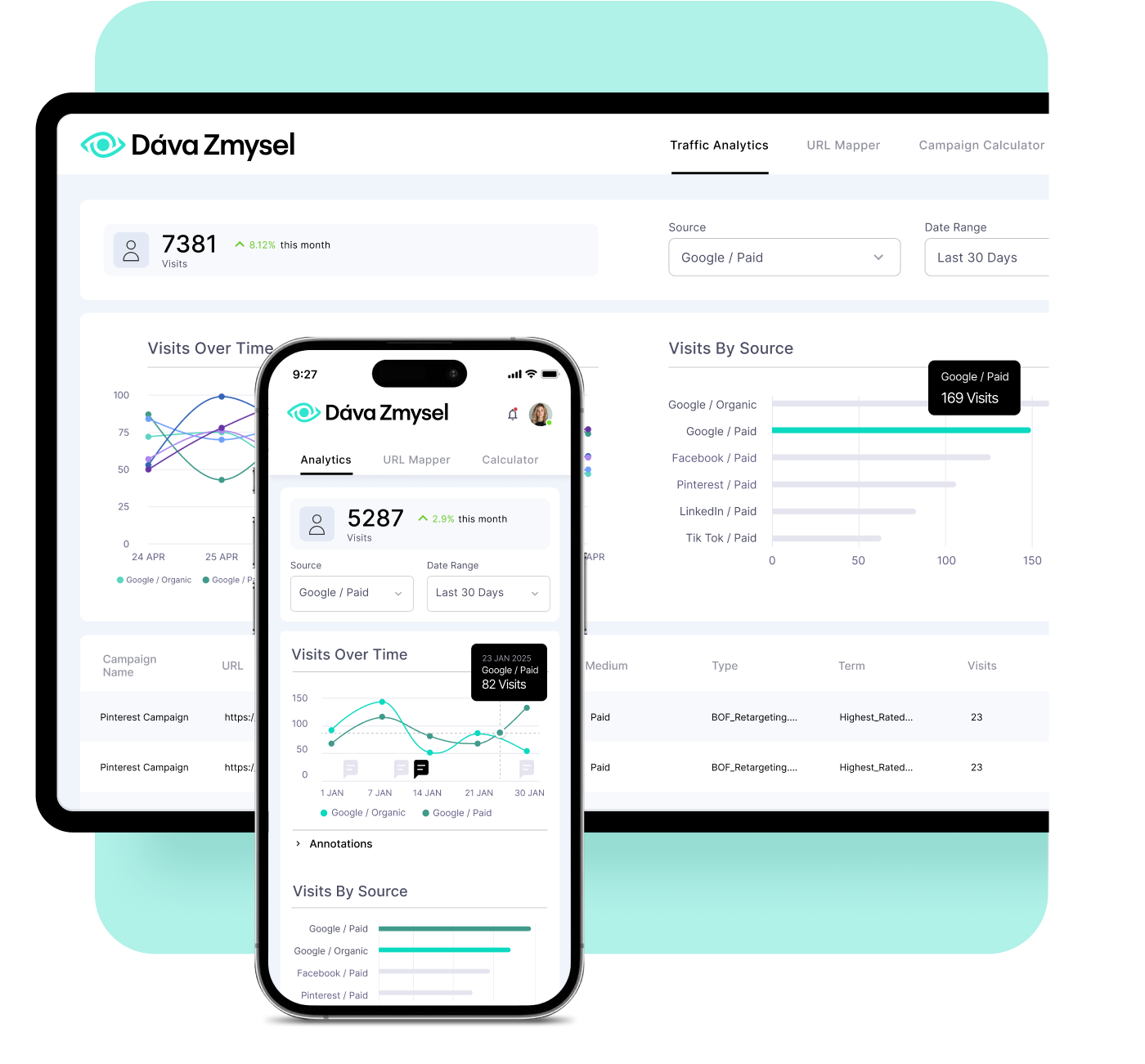
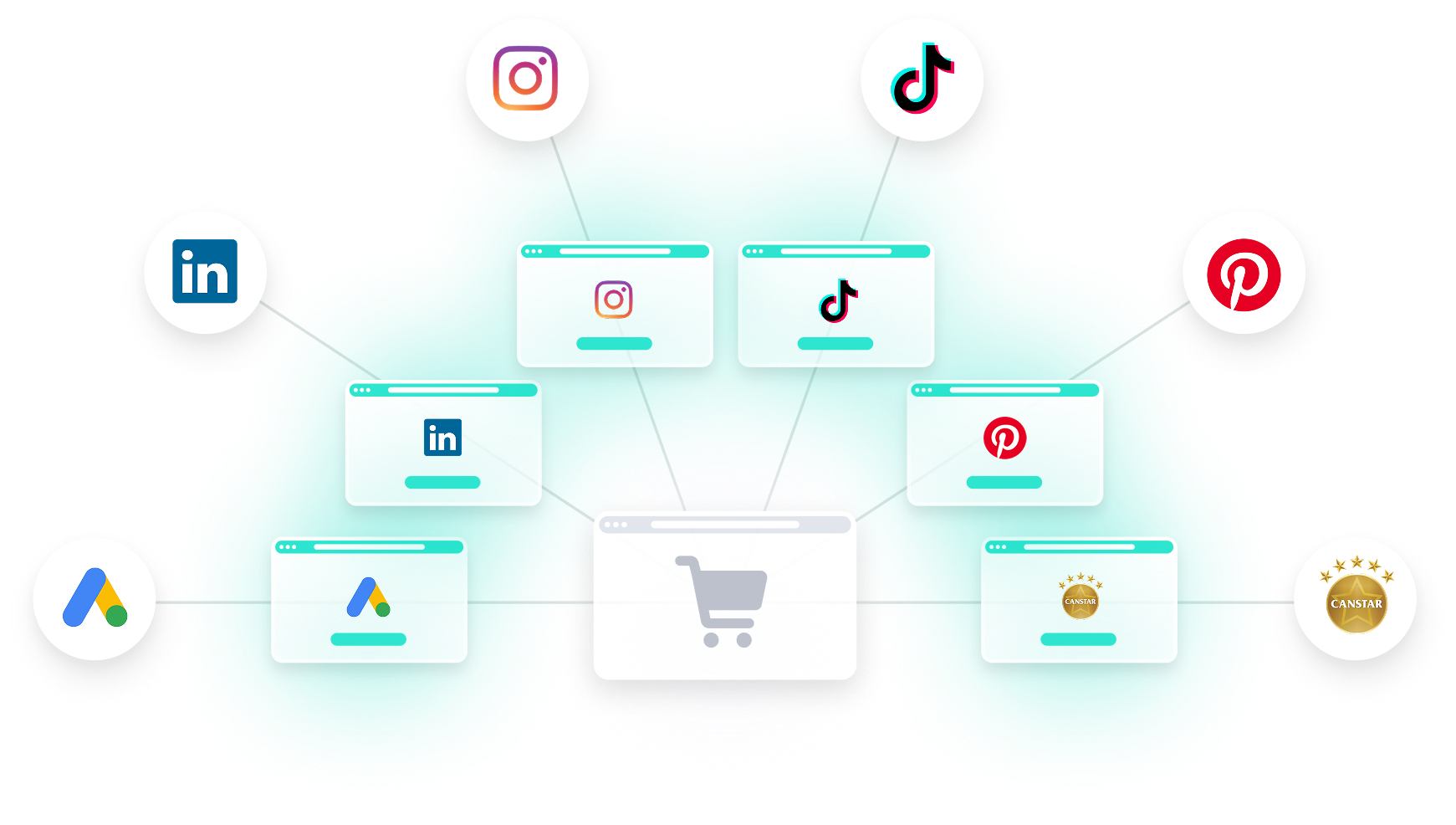
Stop guessing where your traffic comes from
Dava Zmysel bypasses broken UTMs, lost referrers and privacy blockers by creating ad-specific unique landing pages that reveal the true source of every visit, live.
Step 1
Generate and assign unique landing pages
Create ad specific landing pages for all of your traffic sources with a just a few clicks.
Step 2
Collect and analyse real-time data
Monitor traffic numbers and ROI through the live dashboard & ad spend calculator.
Step 3
Optimise your marketing strategies
Make informed decisions to optimise campaigns by focusing on the ads and sources that deliver best results.
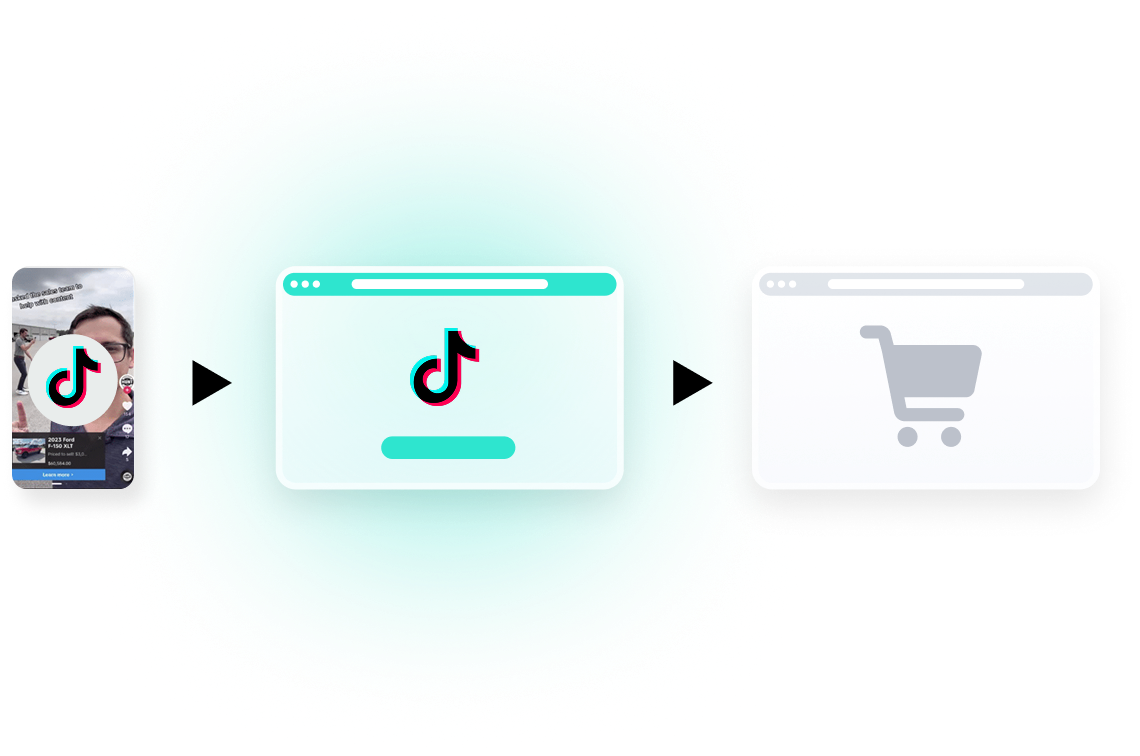
Why do we use Unique Landing Pages for tracking?
Unique Landing Pages give each campaign or ad its own dedicated URL, making it easy to track exactly where traffic comes from, how it performs, and what converts. This leads to clear insights and better optimisation.
There are two key types of landing pages
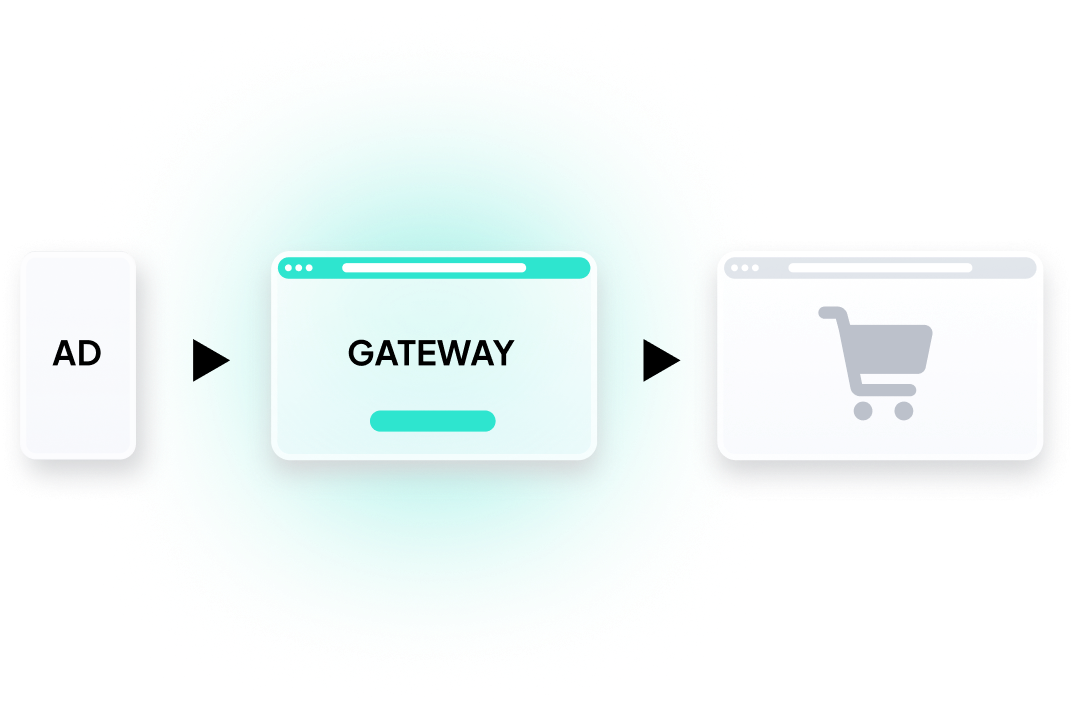
1. Gateway Pages
A simple entry page used to log where traffic is coming from before giving users access to the main site. These are often used for compliance, like verification, without influencing conversion paths.
Example Use:
Age verification page for alcohol brands
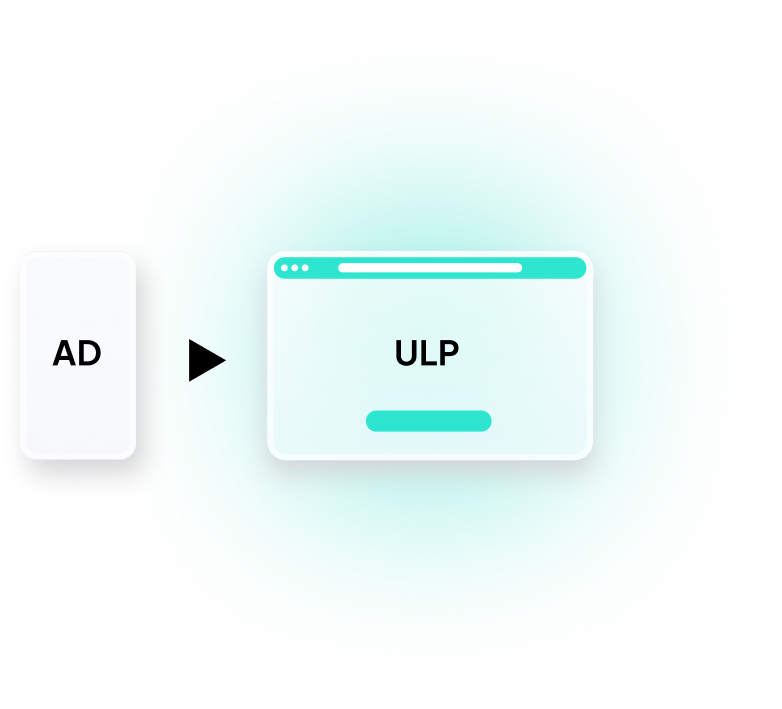
2. Unique Landing Pages
A fully designed page tailored to a specific campaign, tracking traffic origin while delivering a targeted message to increase relevance and drive higher conversion. Ideal when you want fewer barriers and more impact.
Example Use:
An ad campaign taking visitors to a specific offer with an aligned message from each source
Unique Landing Page vs Traditional Setup
Let’s say you’re running a paid search campaign for pet insurance, targeting dog owners and cat owners separately. Only Unique Landing Pages informs you accurately where traffic came from.
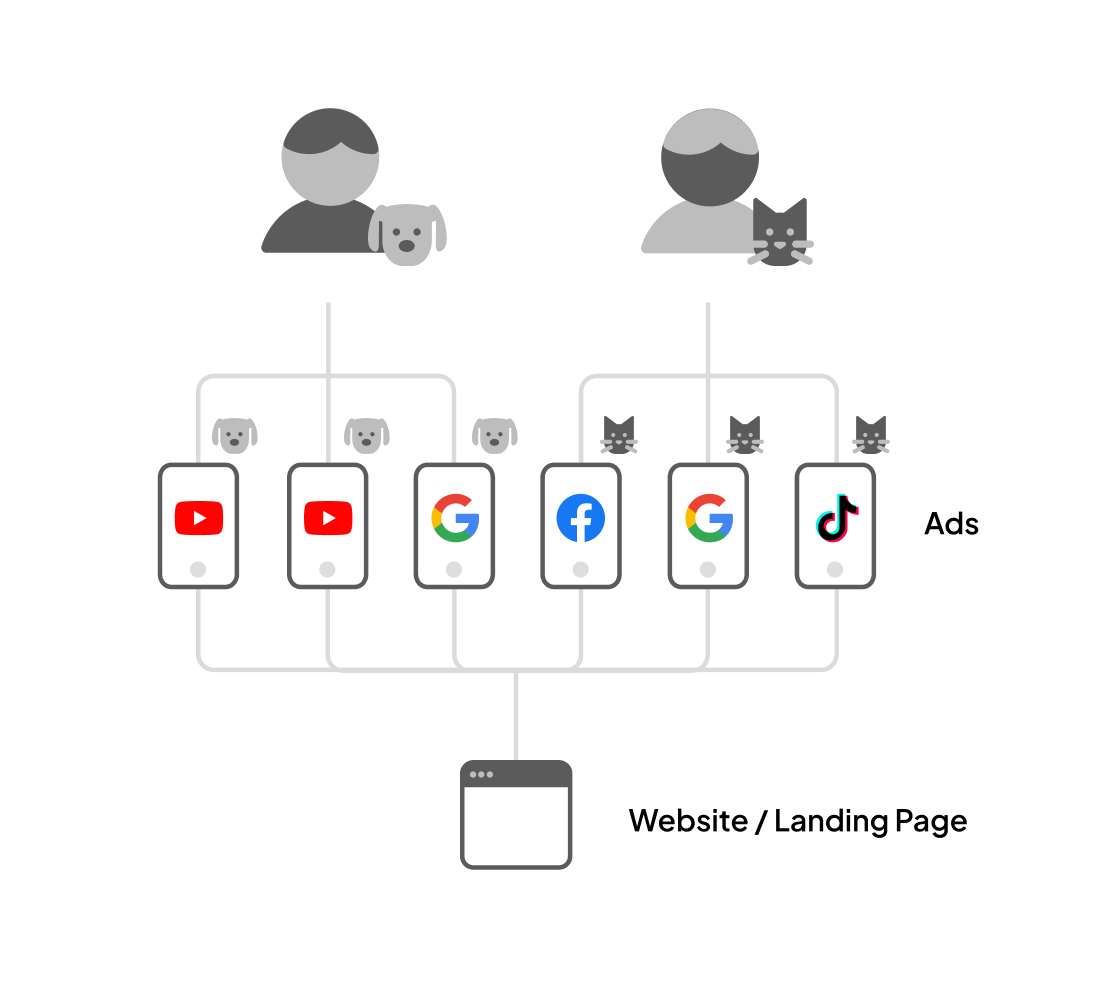
The traditional setup:
- Both campaigns might send users to the same generic landing page for pet insurance.
- You’d have to rely on UTM parameters to figure out which visitors came from the dog vs. cat campaign, and hope the UTMs don’t get stripped along the way.
- If any of that data gets lost, you’re left with incomplete insights and visitors ending up in the direct traffic pool.
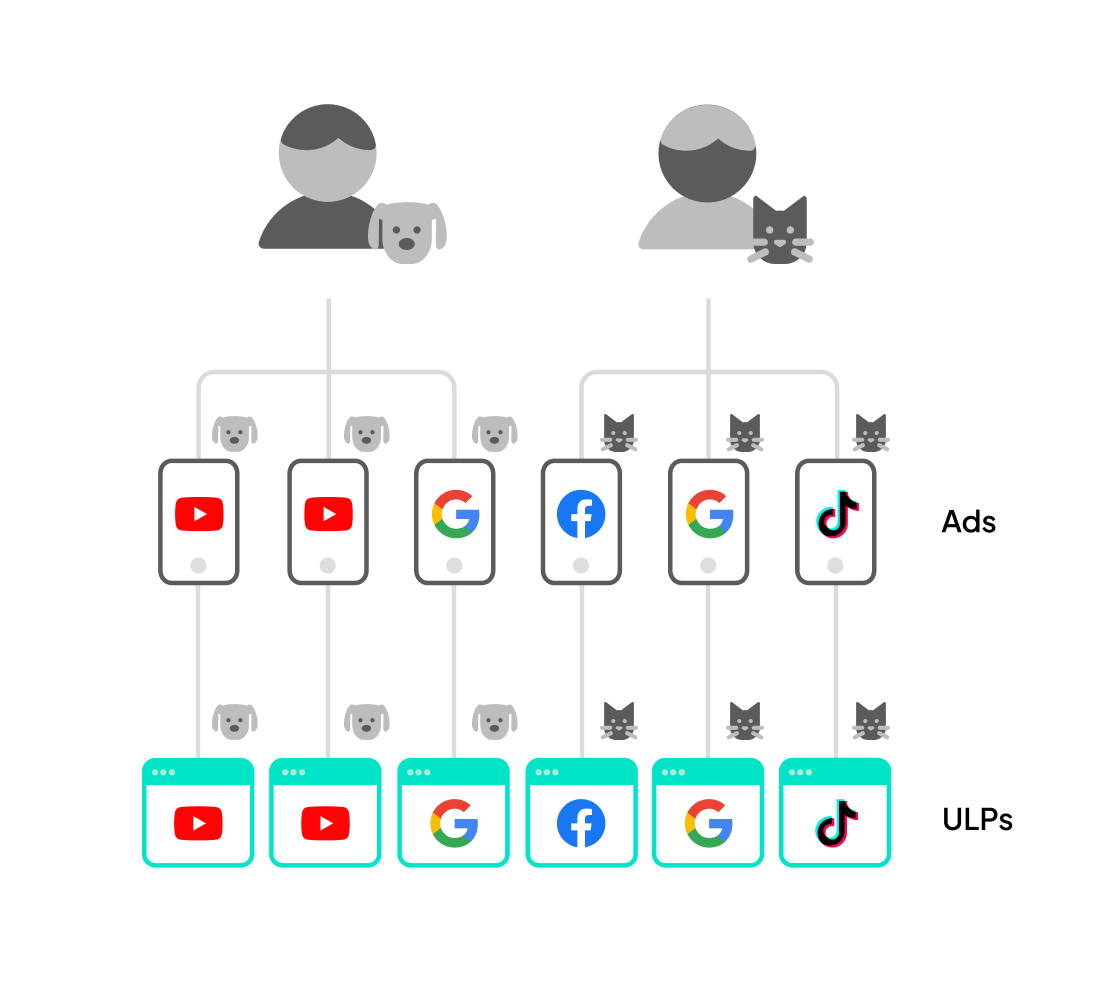
Unique landing pages:
- The dog insurance ads would send users to landing pages specifically for dog owners, with messaging, offers, and visuals tailored to their needs.
- The cat insurance ads would send users to a completely different page designed for cat owners.
- Each page would clearly show you exactly which ad and campaign brought the visitor, eliminating any tracking errors.
How long would it take your dev team to make 10 unique landing pages?
With Dava Zmysel, by the time you’ve read this far you could have already generated:
115 pages
Testimonials
“It makes sense.”
Monica Limanto
Co-Founder & CEO
“It makes total sense.”
Tiaan Dreyer
CEO
“Yep, it really does make sense.”
Nathan Harris
CEO
Dáva Zmysel vs
traditional tracking methods
|
|
|||
|---|---|---|---|
Tracking Method |
Advantages |
Disadvantages |
How Dáva Zmysel Solves This |
UTM Parameters |
|
|
|
Click Tags |
|
|
|
Third-Party Cookies |
|
|
|
JavaScript Tracking |
|
|
|
Referrer Data |
|
|
|
Pixel Tracking |
|
|
|
Server-Side Tracking |
|
|
|
Session-Based Tracking |
|
|
|
IP Address Tracking |
|
|
|
Ad Impression Counting |
|
|
|
Form Submission Tracking |
|
|
|
Email Open Rate Tracking |
|
|
|
Device-Based Targeting |
|
|
|
The Hidden Flaws in Traditional Tracking
What many are doing for tracking today here is a list of all the outdated an inferiority tracking methods that are either inefficient or unreliable in today’s digital landscape:
1. UTM Parameters
Problem: While still used, UTM parameters often get stripped away or broken. They can also be blocked by privacy settings, browsers, or ad blockers, leaving you with incomplete data. Furthermore, managing UTM links at scale can be cumbersome and prone to human error.
2. Click Tags (Banner Ad Tracking)
Problem: Click tags were heavily used in older banner ads to track interactions. However, they’re often inaccurate due to ad-blockers, or users may click by accident. The rise of programmatic advertising and more complex tracking methods have made click tags less relevant.
3. JavaScript-based Tracking
Problem: Relying solely on JavaScript can be problematic because many users disable JavaScript or use privacy tools that block it. Additionally, JavaScript trackers are slower to load and can lead to incomplete data if users navigate away from the page before the script is fully executed.
When did you last validate your data?
Try us free for 60 days
No credit card required|Privacy compliant|10 min setup